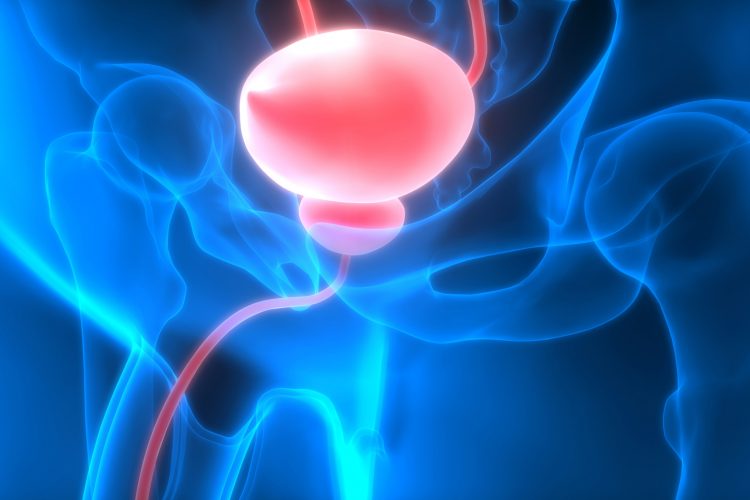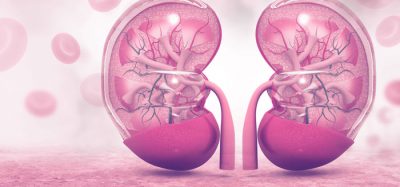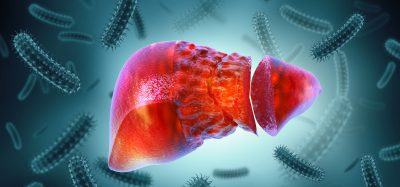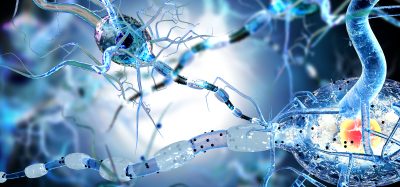Regeneration of fully functional urinary bladder tissue
Posted: 2 February 2024 | Drug Target Review | No comments yet
Regenerating bladder tissue with bone marrow stem and progenitor cells gives hope to patients with end-stage bladder dysfunction.


The regeneration of fully functional urinary bladder tissue in a long-term study utilising a non-human primate model has been achieved by researchers from Stanley Manne Children’s Research Institute at Ann & Robert H. Lurie Children’s Hospital of Chicago and Northwestern University. Having taken over a decade to reach, this achievement offers a promising alternative to current bladder augmentation surgery for severe bladder disease.
Initially created by the Sharma Research Group, this model explores long term bladder tissue regeneration at both anatomical and physiological levels. The scientists used a new biodegradable scaffold seeded with stem and progenitor cells from the animal’s bone marrow. Traditionally, intestinal segments are used to treat different types of bladder dysfunction, but small intestine tissue increases the risk of numerous clinical complications. The Group’s approach showed a higher degree of success in comparison. The regenerated bladder tissue was healthy after two years of monitoring and serves as a preclinical model for humans.
Senior author Dr Arun Sharma said: “Our results were fantastic and point to a new direction in the field…The likelihood that our innovative platform will be feasible in humans is very high and we anticipate launching a clinical trial soon.” Dr Sharma is Director of Pediatric Urological Regenerative Medicine at Manne Research Institute at Lurie Children’s and Research Associate Professor of Urology at Northwestern University Feinberg School of Medicine.
There are very limited options for bladder tissue replacement for both adult and paediatric patients with severe bladder dysfunction. Dr Sharma and his colleagues are targeting the paediatric spina bifida population with their bladder regeneration work. “Our innovative approach is promising to make a great difference in the lives of children with spina bifida and others with end stage bladder dysfunction,” said Dr Sharma.
He added: “Since we would be using the patient’s own bone marrow cells, there are no concerns with rejection and our scaffold is non-toxic and biodegradable. In our study, the bladder started working within a few months and demonstrated functionality throughout the course of the study. This is a major advance that will transform clinical practice.”
This study was published in the Proceedings of the National Academy of Sciences (PNAS) Nexus.
Related topics
Regenerative Medicine, Stem Cells
Related conditions
end-stage bladder dysfunction, spina bifida
Related organisations
Lurie Children’s Hospital of Chicago, Northwestern University







